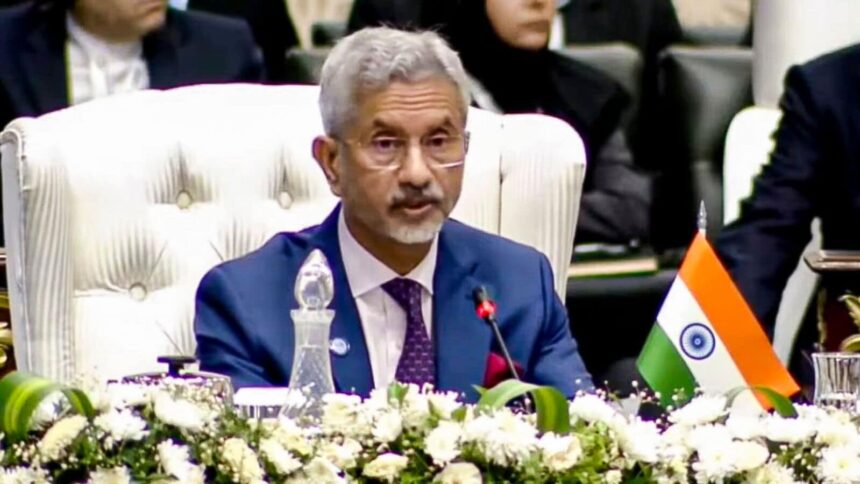India and China have finally completed the disengagement process after four years of negotiations following the skirmishes that began in 2020. External Affairs Minister S Jaishankar announced this positive development, stating that both countries will now be able to resume patrolling activities along the Line of Actual Control (LAC).
The agreement on patrolling arrangements along the LAC, specifically in the Depsang and Demchok areas, was reached between Indian and Chinese military negotiators. Foreign Secretary Vikram Misri highlighted the importance of these discussions, noting that they have led to the resolution of issues that had arisen in 2020.
The timing of this announcement is significant, as it comes just before Prime Minister Narendra Modi’s visit to Russia for the BRICS summit, where he is expected to meet with Chinese President Xi Jinping. This meeting could provide an opportunity for further dialogue and cooperation between the two nations.
The longstanding tension between India and China is rooted in the poorly defined border along the LAC, which has been a point of contention for years. The construction of new infrastructure by India in the region has further exacerbated the conflict, leading to the violent clashes in 2020 that resulted in casualties on both sides.
Despite efforts to de-escalate tensions, occasional clashes between troops continue to occur, underscoring the complex nature of the relationship between Delhi and Beijing. The history of the 1962 war adds another layer of complexity to the territorial disputes between the two countries.
Overall, the completion of the disengagement process is a positive step towards resolving the India-China border dispute and fostering stability in the region.










